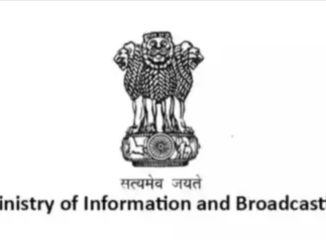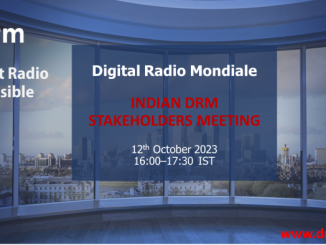
In-Car Listening and Infotainment Systems – Latest stats from U.S.
By Edison ResearchThis post is from Edison’s Weekly Insights email. Please click here if you would like to subscribe.
Choices, choices. The in-car audio landscape today offers myriad options, including radio receivers, satellite radio receivers, voice-activated speakers, and Bluetooth or aux cord capabilities that allow for listening to smartphones and other content. Increasingly, vehicles are equipped with smartphone-based infotainment systems Apple CarPlay and Android Auto, and consumers are moving towards a seamless phone-to-audio experience.
How does the presence of these systems affect the time spent consuming audio in-car?
This week’s insight comes from Edison Research’s Share of Ear dataset, which is based on a one-day listening diary and measures the amount of time those in the U.S. age 13+ spend with all audio. Respondents also answer some demographic and consumer questions, including the presence of audio infotainment in-car systems in the primary vehicle in which they drive or ride.
The graphic below compares the in-car daily audio time for those who don’t have Apple CarPlay or Android Audio in the primary vehicle they drive or ride in, versus those who do have one of the systems.
The top bar shows that among listeners who don’t have Apple CarPlay or Android Auto, they spend the majority of their in-car audio time, 67%, listening to AM/FM radio, including over-the-air and streams. They spend 9% of their audio time streaming, 12% with SiriusXM, 4% with Podcasts, and 8% of their audio time with some other audio source, such as CDs.
The bottom bar shows that those who do have Apple CarPlay or Android Auto in their primary vehicles spend twice as much time streaming: 18% of their daily in-car audio time is spent streaming, compared with 9% of daily in-car audio time spent streaming by those without the systems. They also spend more of their daily in-car audio time with podcasts than listeners who don’t have the systems: 7% compared with 4%.
Listeners who do have Apple CarPlay or Android Auto spend 46% of their time with AM/FM — 27% less than those who don’t have CarPlay or Auto.
Even those with these systems choose AM/FM for nearly half of their in-car listening. For many people, even with so many new options, radio and the in-car environment continue to just go together. […]





